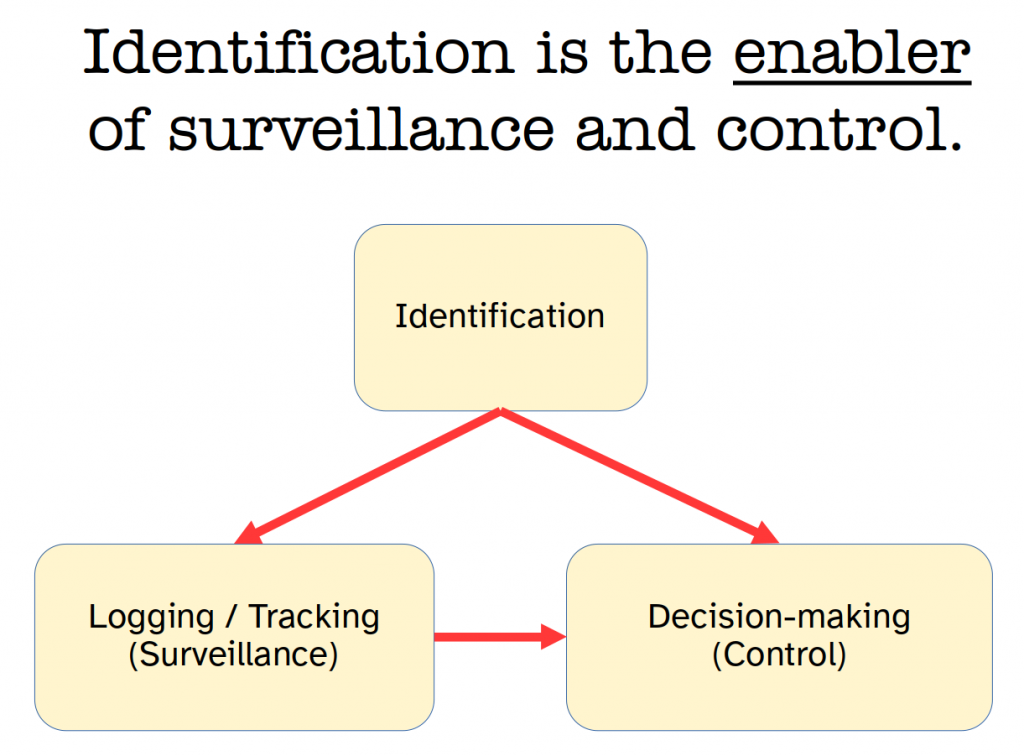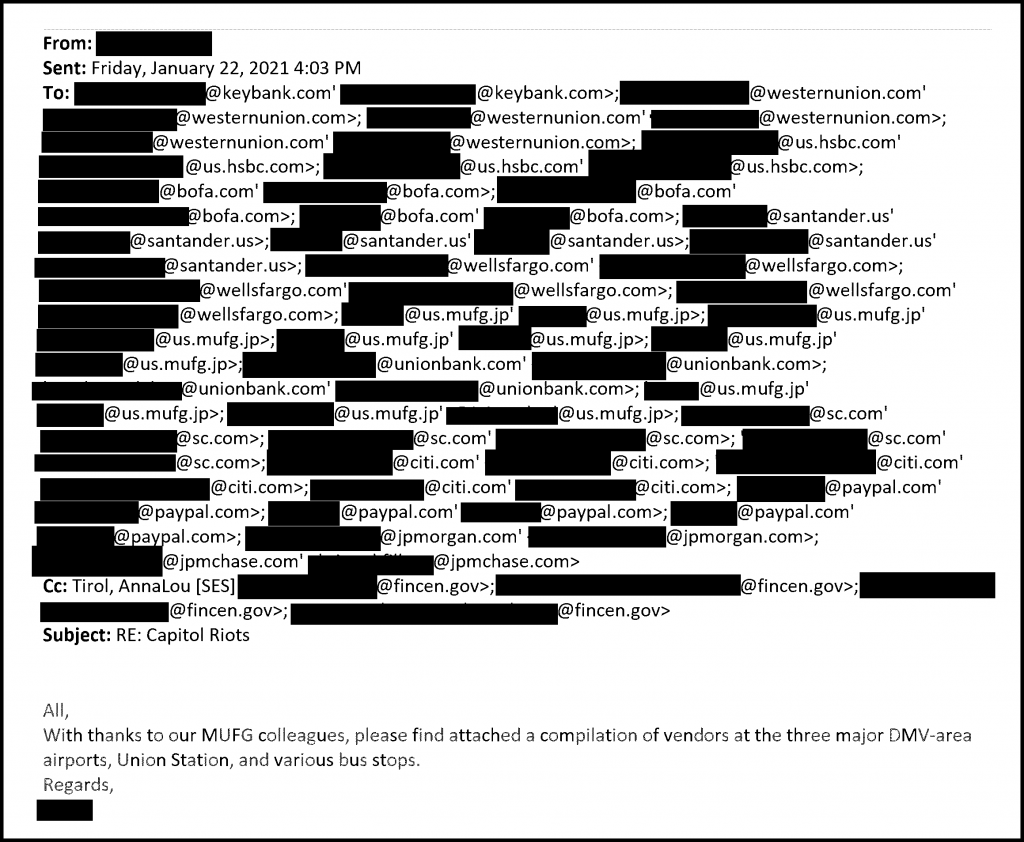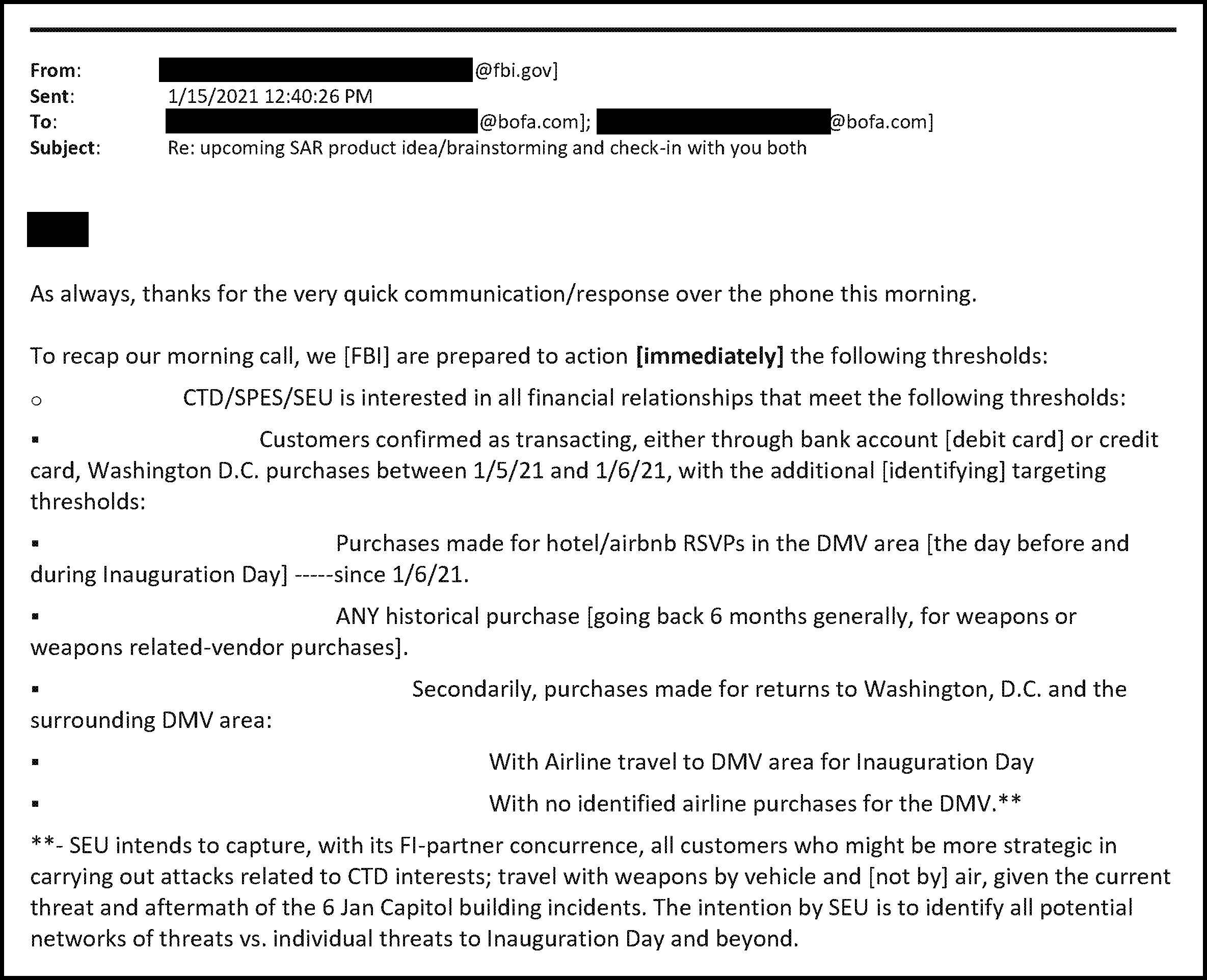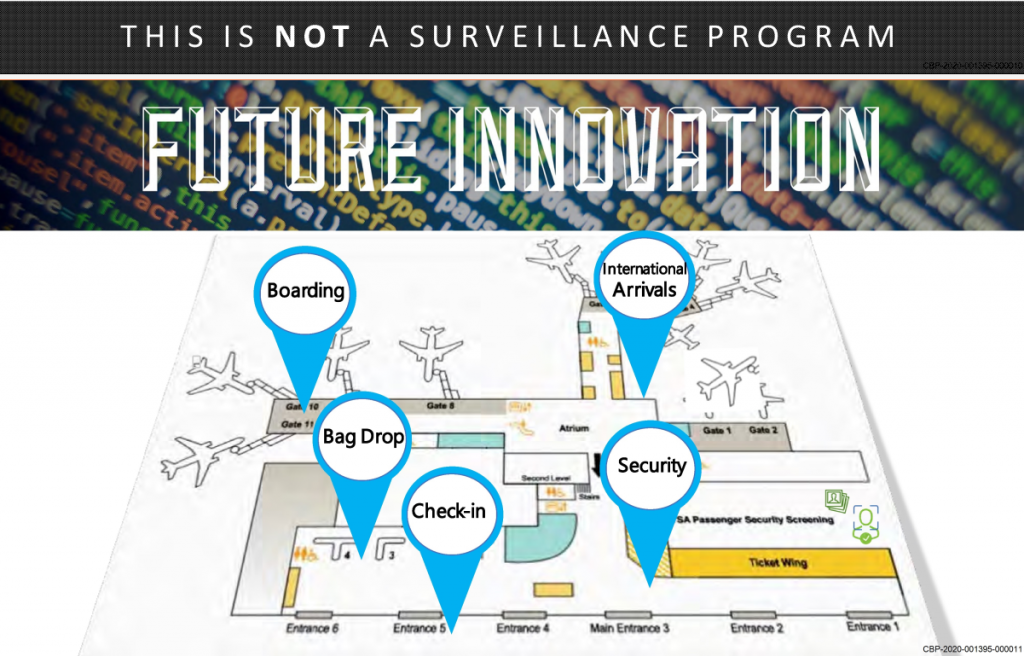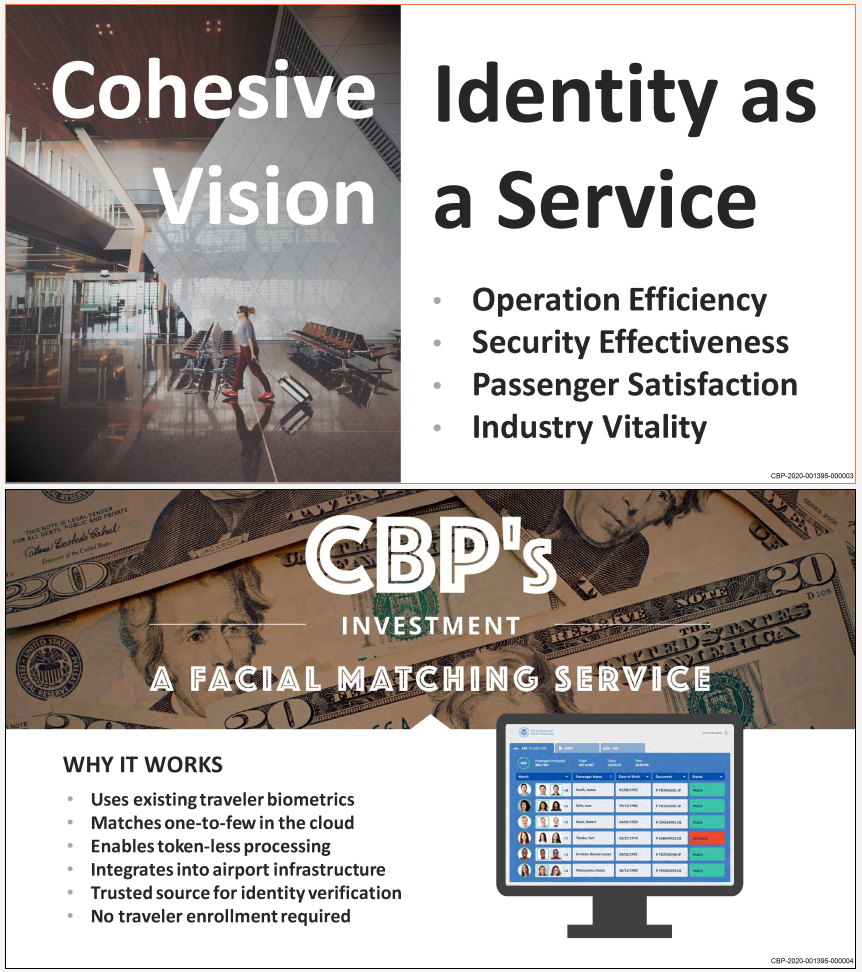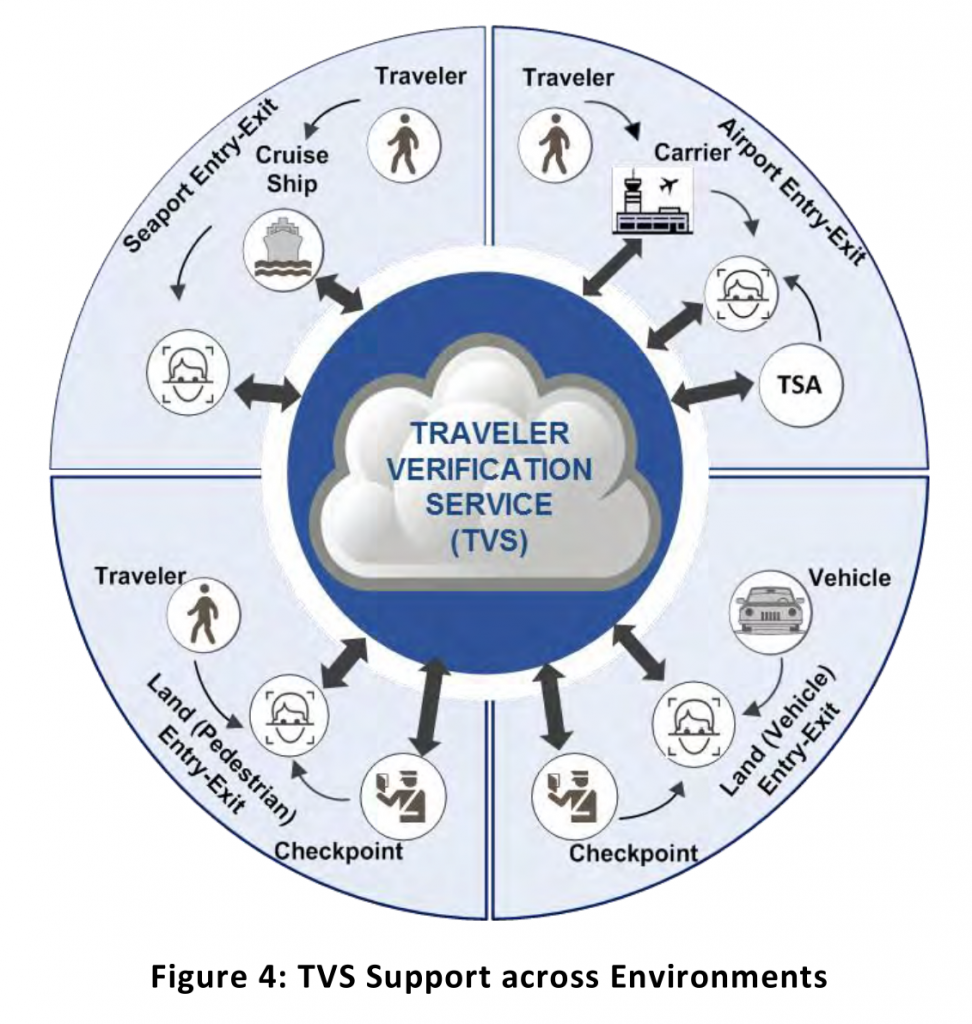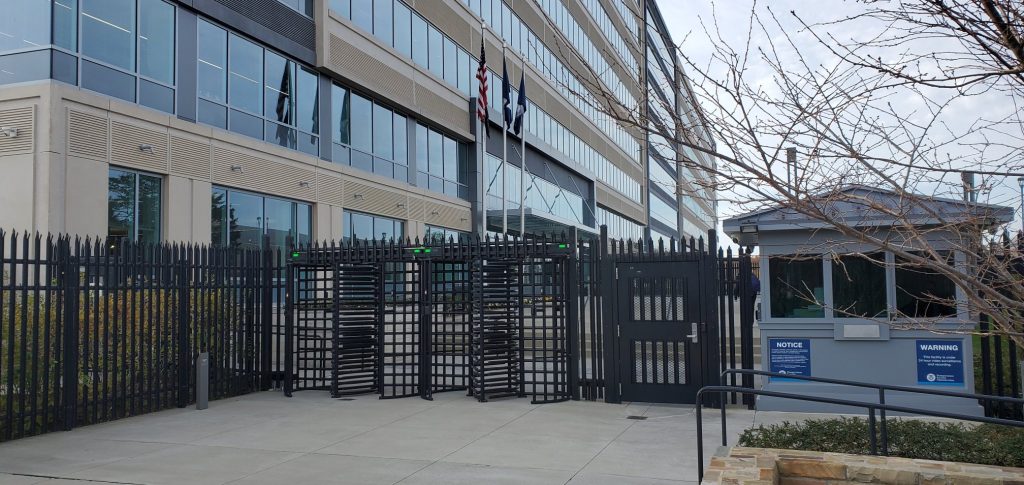TSA issues new non-rules for REAL-ID
Today the Transportation Security Administration (TSA) published new regulations for the REAL-ID Act in the Federal Register, finalizing a bizarre and clearly illegal proposal the agency made in September 2024.
The new TSA regulations leave it even more unclear than before who the TSA will allow to fly without ID, and who it will prevent from flying without ID, after May 7, 2025.
Rather than establishing standards applicable to demands for ID by all Federal agencies, the new TSA regulations purport to authorize the TSA itself as well as other Federal agencies to establish agency-specific plans for selective enforcement of REAL-ID Act requirements.
These “graduated enforcement plans” will be regulations in all but name, and the TSA seems to think that they will have the force of law. But these graduated enforcement plans won’t be standardized, and may vary from agency to agency, contrary to the plain mandate of the REAL-ID Act for the Department of Homeland Security to promulgate standards for ID applicable to all Federal agencies.
“Graduated enforcement plans” will be promulgated summarily, solely by posting on different Federal agency websites, without notice, opportunity for public comment, or publication in the Federal Register. In effect, the TSA is trying to opt itself and all other Federal agencies out of the most basic transparency, procedural, and due process requirements of the Administrative Procedure Act (APA).
In its analysis of the 11,000 comments submitted in response to its Notice of Proposed Rulemaking (NPRM), the TSA acknowledges our objection to its attempt to re-delegate rulemaking authority to other agencies and opt out of APA requirements. But the TSA claims that “graduated enforcement plans” posted on agency websites won’t be “regulations”, even if they are claimed to authorize decisions about who can and can’t exercise rights.
The TSA also brushes off a wide range of Constitutional and statutory objections to the proposed regulations as “outside the scope of this rulemaking”.
It remains to be seen whether the new REAL-ID regulations will be challenged on APA and/or other grounds.
In response to our objection to statements in (NPRM) implying that after the effective date of the new regulations ID would be required to fly, the TSA says as follows:
Upon full card-based enforcement, TSA may not accept noncompliant State-issued DL/IDs at security screening checkpoints for the purpose of boarding federally regulated commercial aircraft. This rule does not otherwise effect TSA’s policies related to acceptable forms of identification and identity verification.
If this is true, it means that the procedures for travel without ID (as distinct from any procedures for travel with noncompliant state-issued ID) won’t change. But we won’t know for sure until after May 7, 2025, how the TSA will deal with air travelers without any ID.
